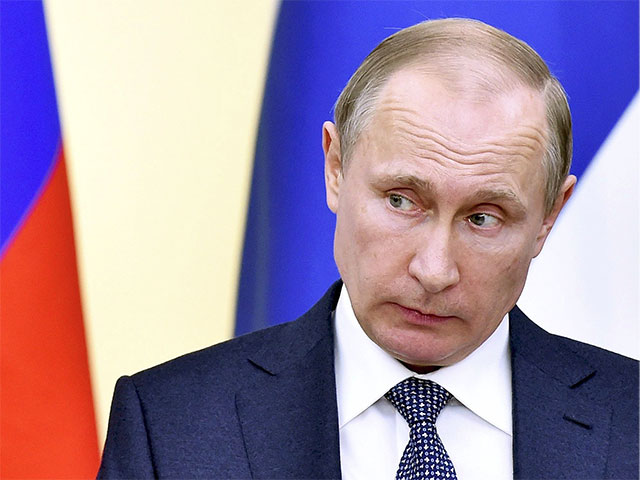Booms and busts are not aberrations. They are intrinsic to market democracies. Many folks love the idea of steady, uninterrupted progress. This is socialism’s false promise, and helps explain why that philosophy remains attractive to many despite proven repeated failure.
The booms and busts of market systems are unsettling and disruptive. Humans are risk-averse, and dislike dislocations. Yet, the entire history of human progress, especially in the last century, is one of constant changes that oust existing businesses and politicians, ushering in new ones.
From Grace to Disgrace
Ruchir Sharma’s new book, The Rise and Fall of Nations, has a perceptive chapter on ‘The Circle of Life’. The last century shows how leaders and regimes once hailed as miracle workers went into decline or disgrace after a decade. There are, of course, exceptions to this rule. A few leaders have tasted longer success, such as Deng Xiaoping in China. But many heroes that produced record economic growth in the 2000s — Lula in Brazil, in Russia, Erdogan in Turkey, the UPA in India — suffered decline and often fall a decade later.
The past is a poor indicator of the future. Indeed, Sharma emphasises that all success carries the seeds of future failure, and all analysts need to factor that into forecasts. Former Indonesian finance minister Chatib Basri once said, “Bad times make for good policy, and good times make for bad policy.”
In bad times, politicians are forced to focus on structural reforms to improve productivity, which is the key requirement for sustainable prosperity. But in good times, politicians and the media take productivity, growth and rising revenues for granted, and shift the policy emphasis to distributing goodies to all and sundry.
Now, there is surely a watertight case for sharing the fruits of prosperity widely. But this must not be at the expense of constant structural changes to ensure ever-rising productivity. This is not easy to grasp even by intellectuals, let alone politicians. And so we get the circle of life, with the rise and fall of heroes, regimes and theories of success.
Economic busts are not the tragedies they immediately seem to be. They are necessary conditions for structural change, without which the status quo will continue. The South Korean miracle economy crashed during the Asian financial crisis and brought to power Kim Dae-jung, who transformed the crony capitalism of the earlier military regime into a modern, competitive democracy. Mao Zedong left China in deep trouble, and that led to the radical changes of Deng. The failures of Salvador Allende in Chile ushered in the radical reforms of Augusto Pinochet.
India’s own history bears this out. Jawaharlal Nehru’s socialism looked successful initially, but led to a foreign exchange crisis in 1958. That should have led to radical change. But, alas, Nehru was rescued by the formation of the Aid India Consortium, which unwittingly provided soft finance to keep up the failed policies.
Indira Gandhi deepened socialism even further in the 1970s. But by then, Robert McNamara was heading the World Bank and handing out cheap finance on an unprecedented scale, not just to India but to all poor countries, including those of Africa. This encouraged bad policies that ignored efficiency and productivity. It ended in the huge global bust of 1979-81, that hit all developing countries.
Apni Garibi Hatao
India switched to creeping liberalisation after the bust of 1979-81. The earlier decade of Garibi Hatao policies had failed miserably. The oil shock and global recession of 1980 obliged India to go to the International Monetary Fund, and then move towards creeping economic liberalisation. This had good consequences.
India finally escaped from the ‘Hindu rate of growth’ of 3.5%, and accelerated to 5.5% in the 1980s. But this acceleration was based not just on better policy but on an unsustainable government spending spree, financed by rising debt. That is typically what happens in good times, and explains why those good times do not last.
The boom of the 1980s inevitably ended in a big bust in 1991, after rising oil prices emptied India’s forex reserves. The depth of that crisis was needed to spur the truly radical changes that followed under P V Narasimha Rao. In place of self-sufficiency, India turned towards economic liberalisation and globalisation. That, in turn, built the foundation for record growth in the 2000s.
Alas, the record growth led to complacency, and the UPA shifted emphasis to freebies and enormous kickbacks (which boomed along with the economy). The UPA’s decade of success ended in ignominy, as with Lula and Putin.
Modi swept into power in 2014. He is as vulnerable to the ‘circle of life’ as anyone else. He is likely to be reelected in 2019. But that will probably breed complacency and reduce the incentive for structural reform. His political aides will say, ‘If it ain’t broke, why fix it?’ That siren song has led many heroes to become zeroes. Maybe Modi’ll be able to break the circle of life. More probably, he will need replacement after 10 years. Fresh ideas typically need fresh leaders.



>> ‘Hindu rate of growth’
What is this?